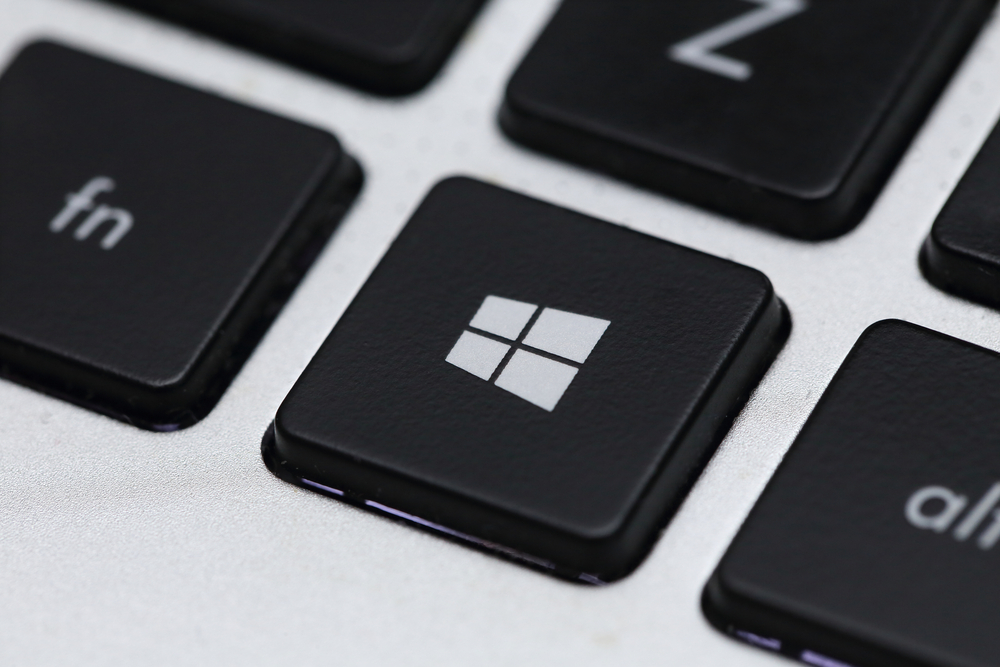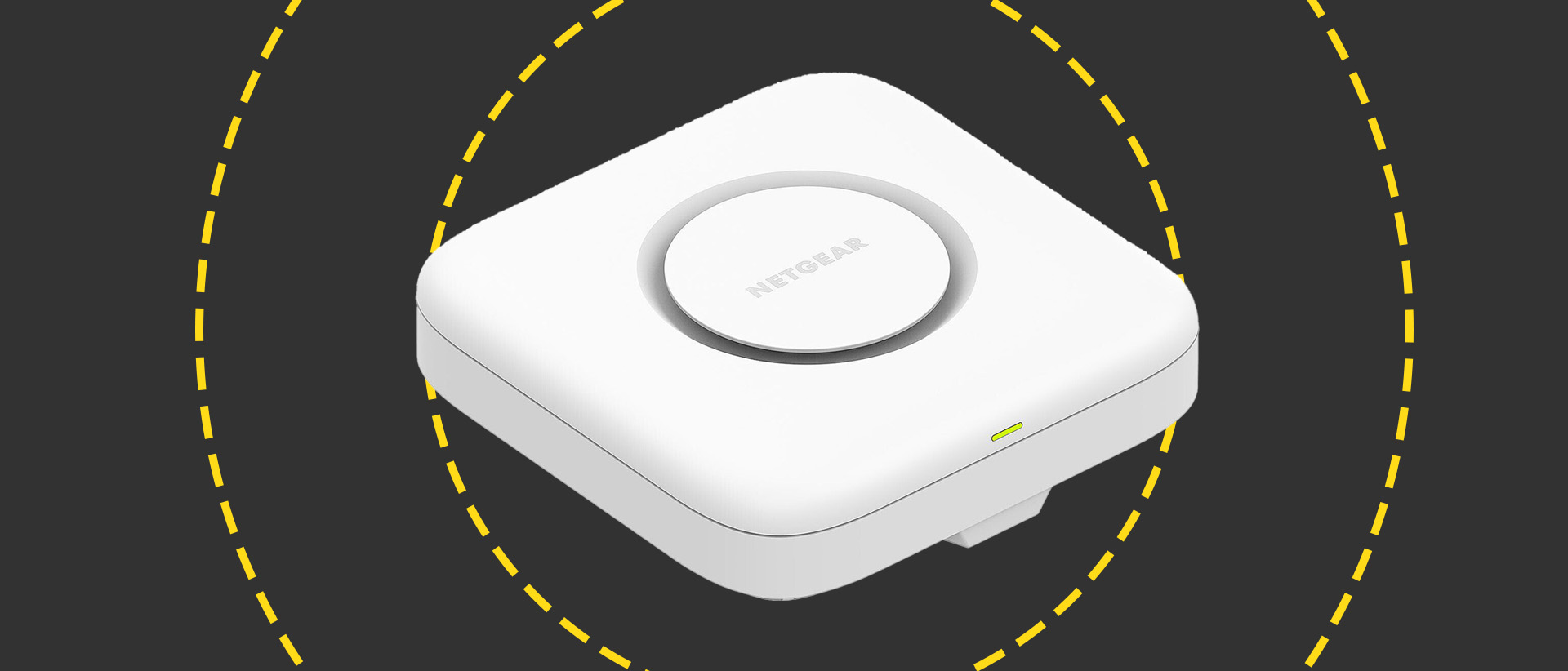Security researchers uncover more Print Spooler vulnerabilities
Microsoft advises customers to disable the component entirely to prevent attacks following the PrintNightmare debacle


Researchers have discovered two more vulnerabilities in the Print Spooler component that hackers can exploit to target vulnerable Windows systems, with Microsoft now urging customers to disable the service entirely.
This third flaw to be discovered within a matter of weeks, tracked as CVE-2021-34481 and rated 7.8 on the CVSS threat severity scale, is an elevation of privilege vulnerability that could allow an attacker to run arbitrary code with system privileges. Attackers could then install programmes as well as view, change or delete data, and create new accounts with full user rights.
Its discovery prompted Microsoft to advise customers to disable the service entirely. This is only shortly after the firm made a second attempt to patch the PrintNightmare flaw, which was, in turn, targeted by hackers after security researchers inadvertently leaked instructions on how to exploit it.
PrintNightmare, for reference, was the second flaw to be discovered in Print Spooler after a first remote code execution bug was patched in June.
The service manages print jobs sent remotely to a printer on the same network by storing data in a buffer and processing the jobs either in order of receipt or by priority.
The fourth bug, which hasn’t yet been acknowledged by Microsoft, centres on the fact that the point and print feature allows non-admin users to install printer drivers.
RELATED RESOURCE

X-Force Threat Intelligence Index
Top security threats and recommendations for resilience
This is a tool that makes it easier for users within a network to obtain the printer drivers and queue documents to print.
Get the ITPro daily newsletter
Sign up today and you will receive a free copy of our Future Focus 2025 report - the leading guidance on AI, cybersecurity and other IT challenges as per 700+ senior executives
According to CERT’s Will Dormann, printers installed through this method also install queue-specific files, which can be arbitrary libraries to be loaded by the privileged Print Spooler process.
A flaw in the process means that local privilege escalation might be possible, with security researcher Benjamin Delpy demonstrating a proof-of-concept for successful exploitation of this fourth potential vulnerability.
The point and print feature, which is at the centre of the fourth flaw, was also the reason why Microsoft’s first attempt to patch PrintNightmare wasn’t complete. Delpy also demonstrated that exploitation was still possible on a Windows Server 2019 deployment with point and print enabled.

Keumars Afifi-Sabet is a writer and editor that specialises in public sector, cyber security, and cloud computing. He first joined ITPro as a staff writer in April 2018 and eventually became its Features Editor. Although a regular contributor to other tech sites in the past, these days you will find Keumars on LiveScience, where he runs its Technology section.
-
 The UK government wants quantum technology out of the lab and in the hands of enterprises
The UK government wants quantum technology out of the lab and in the hands of enterprisesNews The UK government has unveiled plans to invest £121 million in quantum computing projects in an effort to drive real-world applications and adoption rates.
By Emma Woollacott Published
-
 Netgear WBE710 review
Netgear WBE710 reviewReviews The compact WBE710 delivers great cloud management features and a good turn of Wi-Fi 7 speed – but it does have a premium price tag
By Dave Mitchell Published
-
 Hackers are targeting Ivanti VPN users again – here’s what you need to know
Hackers are targeting Ivanti VPN users again – here’s what you need to knowNews Ivanti has re-patched a security flaw in its Connect Secure VPN appliances that's been exploited by a China-linked espionage group since at least the middle of March.
By Emma Woollacott Published
-
 Broadcom issues urgent alert over three VMware zero-days
Broadcom issues urgent alert over three VMware zero-daysNews The firm says it has information to suggest all three are being exploited in the wild
By Solomon Klappholz Published
-
 Nakivo backup flaw still present on some systems months after firms’ ‘silent patch’, researchers claim
Nakivo backup flaw still present on some systems months after firms’ ‘silent patch’, researchers claimNews Over 200 vulnerable Nakivo backup instances have been identified months after the firm silently patched a security flaw.
By Solomon Klappholz Published
-
 Everything you need to know about the Microsoft Power Pages vulnerability
Everything you need to know about the Microsoft Power Pages vulnerabilityNews A severe Microsoft Power Pages vulnerability has been fixed after cyber criminals were found to have been exploiting unpatched systems in the wild.
By Solomon Klappholz Published
-
 Vulnerability management complexity is leaving enterprises at serious risk
Vulnerability management complexity is leaving enterprises at serious riskNews Fragmented data and siloed processes mean remediation is taking too long
By Emma Woollacott Published
-
 A critical Ivanti flaw is being exploited in the wild – here’s what you need to know
A critical Ivanti flaw is being exploited in the wild – here’s what you need to knowNews Cyber criminals are actively exploiting a critical RCE flaw affecting Ivanti Connect Secure appliances
By Solomon Klappholz Published
-
 Researchers claim an AMD security flaw could let hackers access encrypted data
Researchers claim an AMD security flaw could let hackers access encrypted dataNews Using only a $10 test rig, researchers were able to pull off the badRAM attack
By Solomon Klappholz Published
-
 The threat prevention buyer's guide
The threat prevention buyer's guideWhitepaper Find the best advanced and file-based threat protection solution for you
By ITPro Published